Handheld gaming PCs have surged in popularity in recent years, largely thanks to the groundbreaking Steam Deck. This trend has prompted major PC manufacturers to develop their own versions, and the Lenovo Legion Go S is Lenovo's latest entry, designed to closely emulate the Steam Deck's appeal. Unlike its predecessor, the original Legion Go, the Legion Go S features a unibody design, ditching the Switch-like detachable controllers and the array of extra dials and buttons. A significant upcoming development is the release of a SteamOS version of the Legion Go S later this year, making it the first non-Valve handheld to run this Linux-based operating system out of the box. However, the model reviewed here runs Windows 11, and at $729, it faces stiff competition among similarly priced Windows 11 handhelds.
Lenovo Legion Go S – Photos
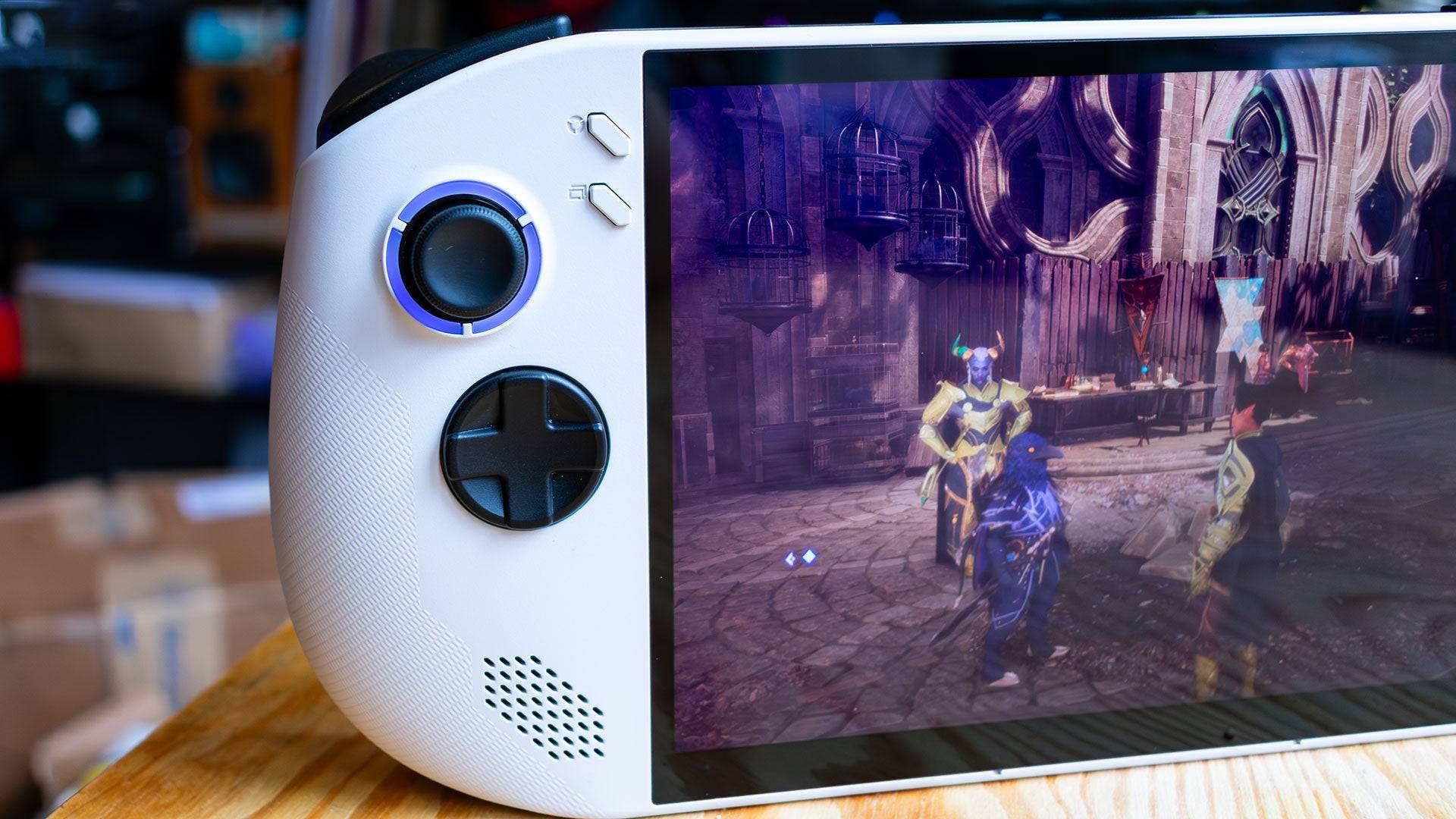
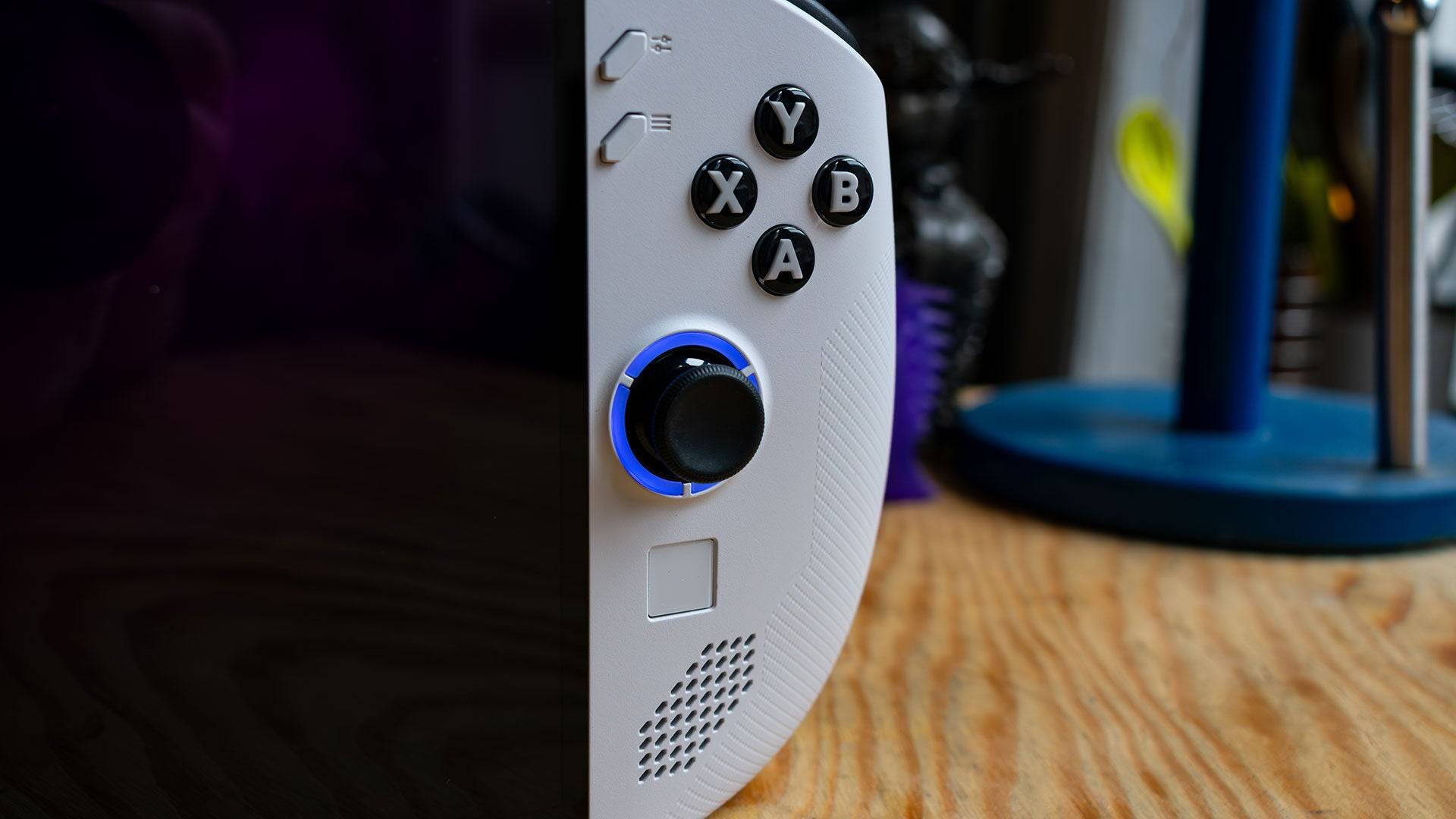 7 Images
7 Images
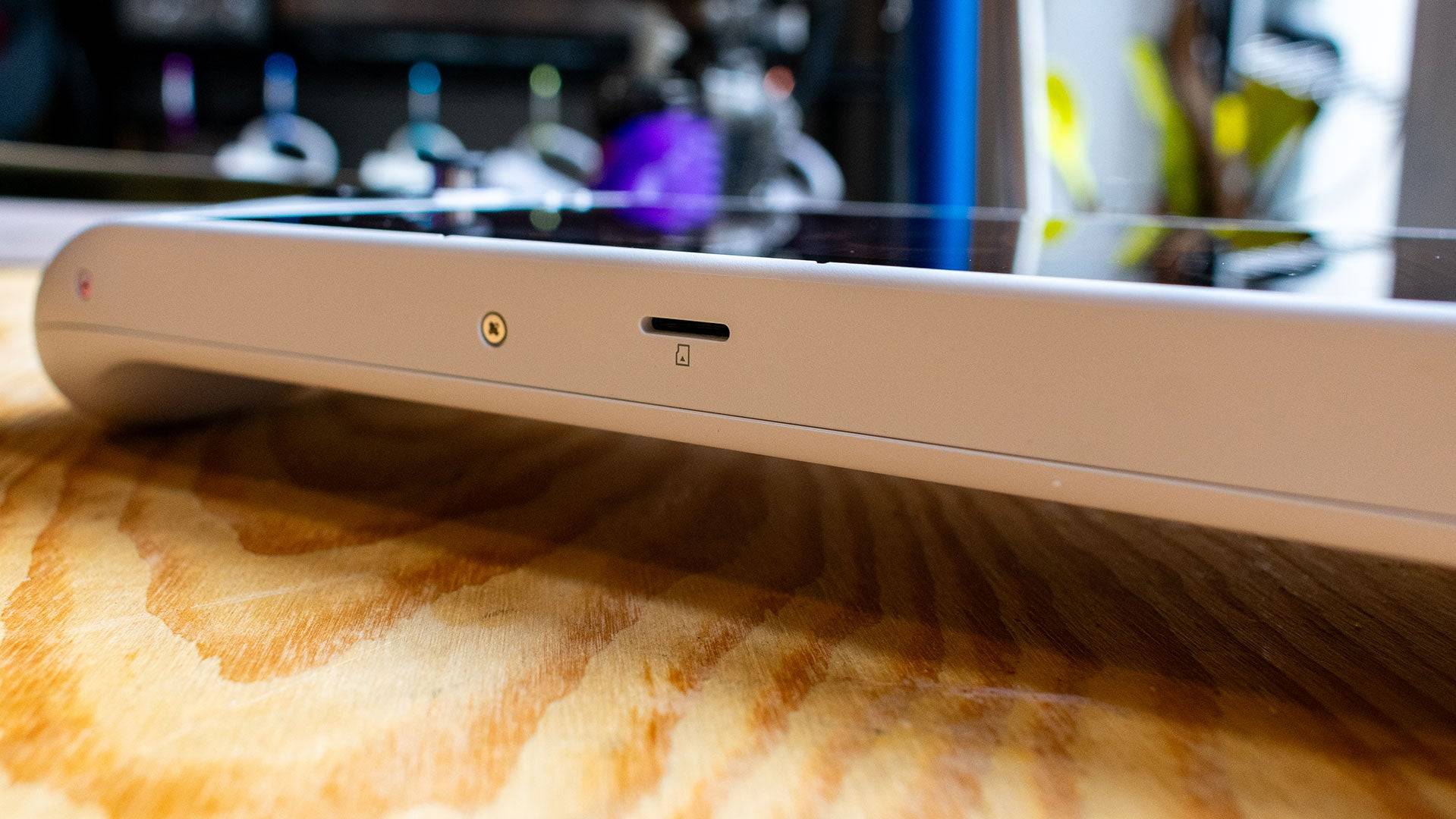
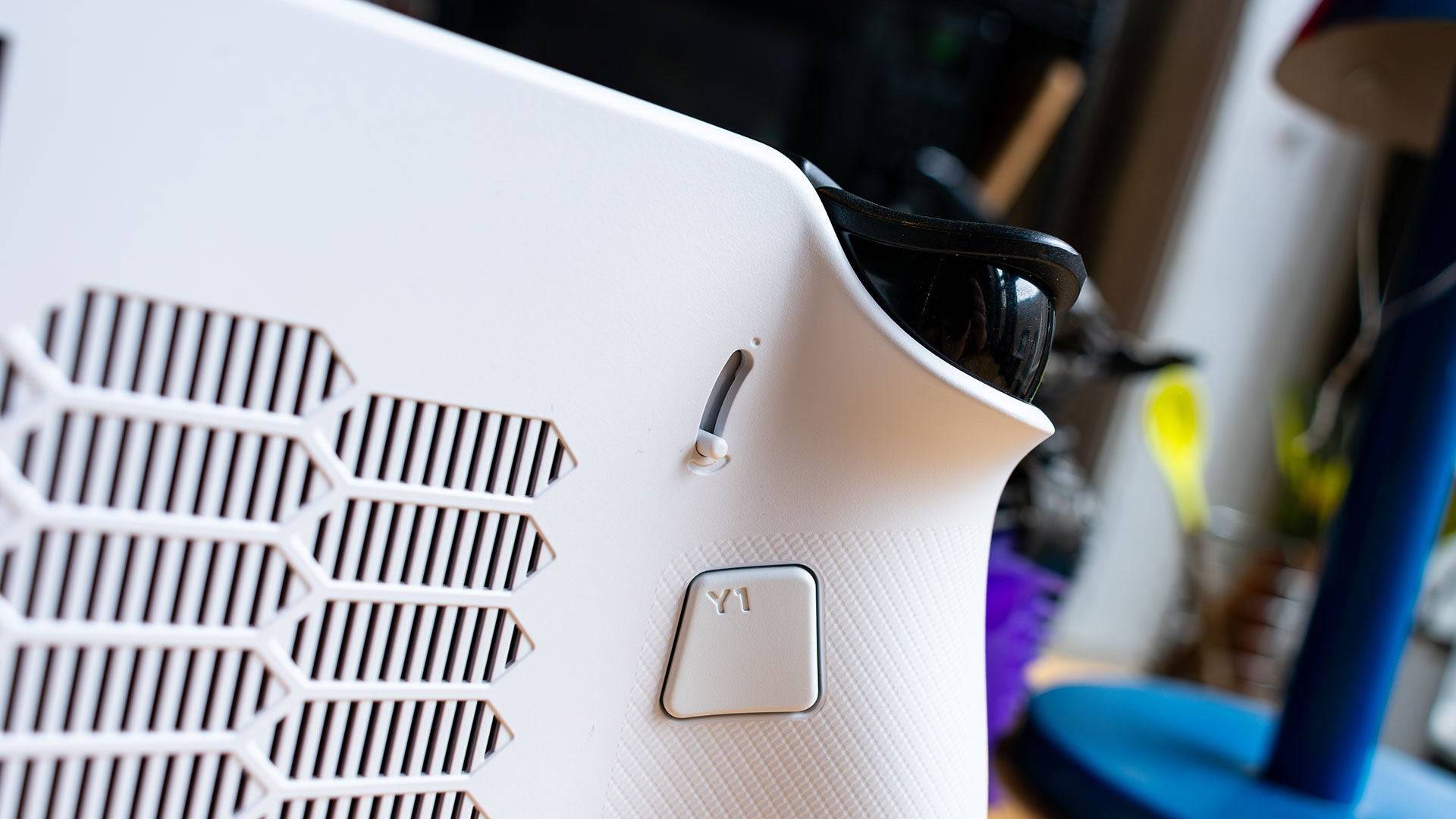
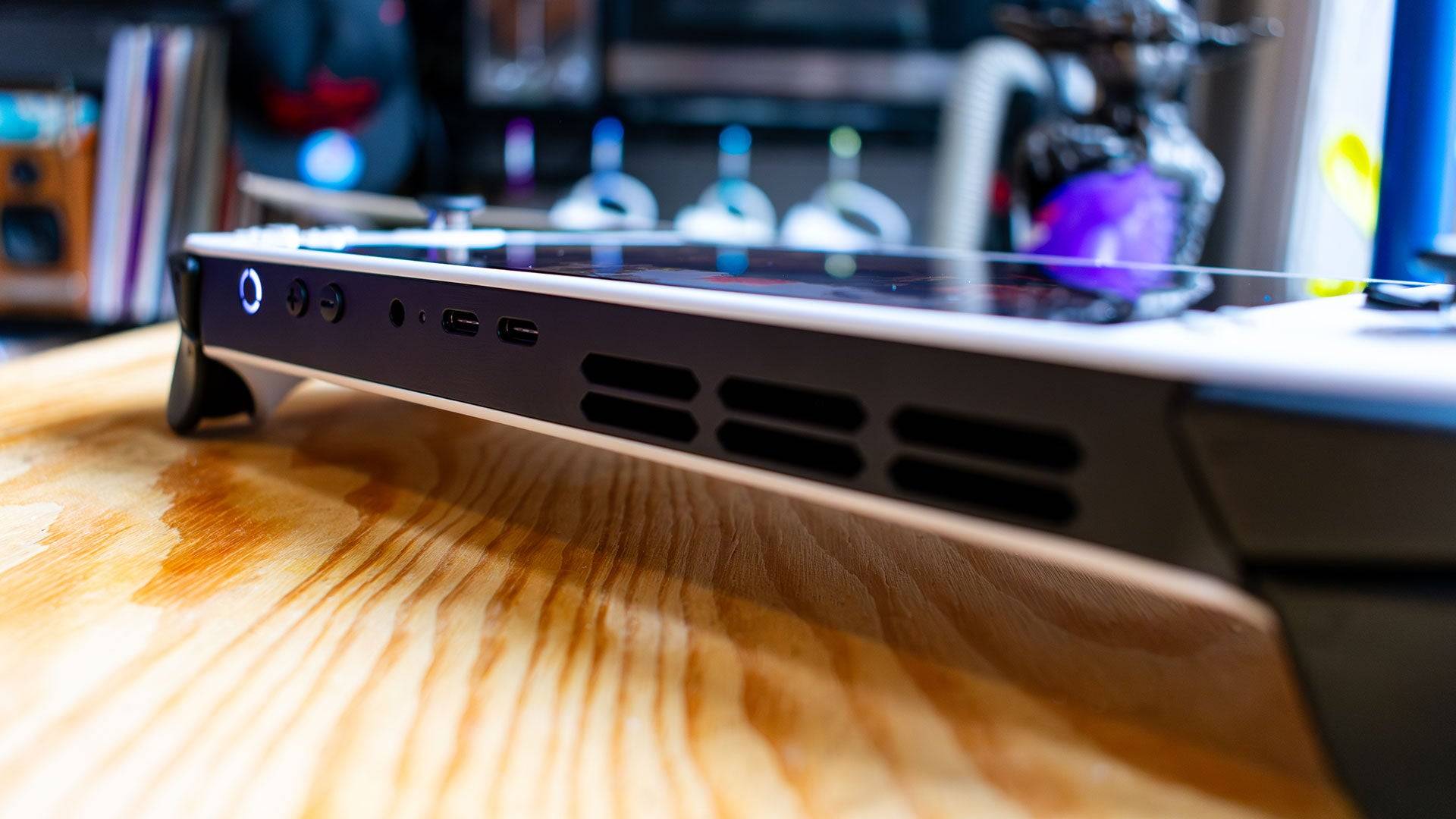 Lenovo Legion Go S – Design
Lenovo Legion Go S – Design
The Lenovo Legion Go S adopts a design more akin to the Asus ROG Ally than its original Legion Go counterpart. Its unibody construction simplifies usage, though the rounded edges of the chassis enhance comfort during extended gaming sessions, despite the device's notable weight of 1.61 pounds. This weight, while only slightly less than the original Legion Go's 1.88 pounds, and more than the Asus ROG Ally X's 1.49 pounds, is justified by the Legion Go S's impressive 8-inch, 1200p IPS display, boasting 500 nits of brightness. This screen delivers stunning visuals, making games like Dragon Age: The Veilguard and Horizon Forbidden West look spectacular.
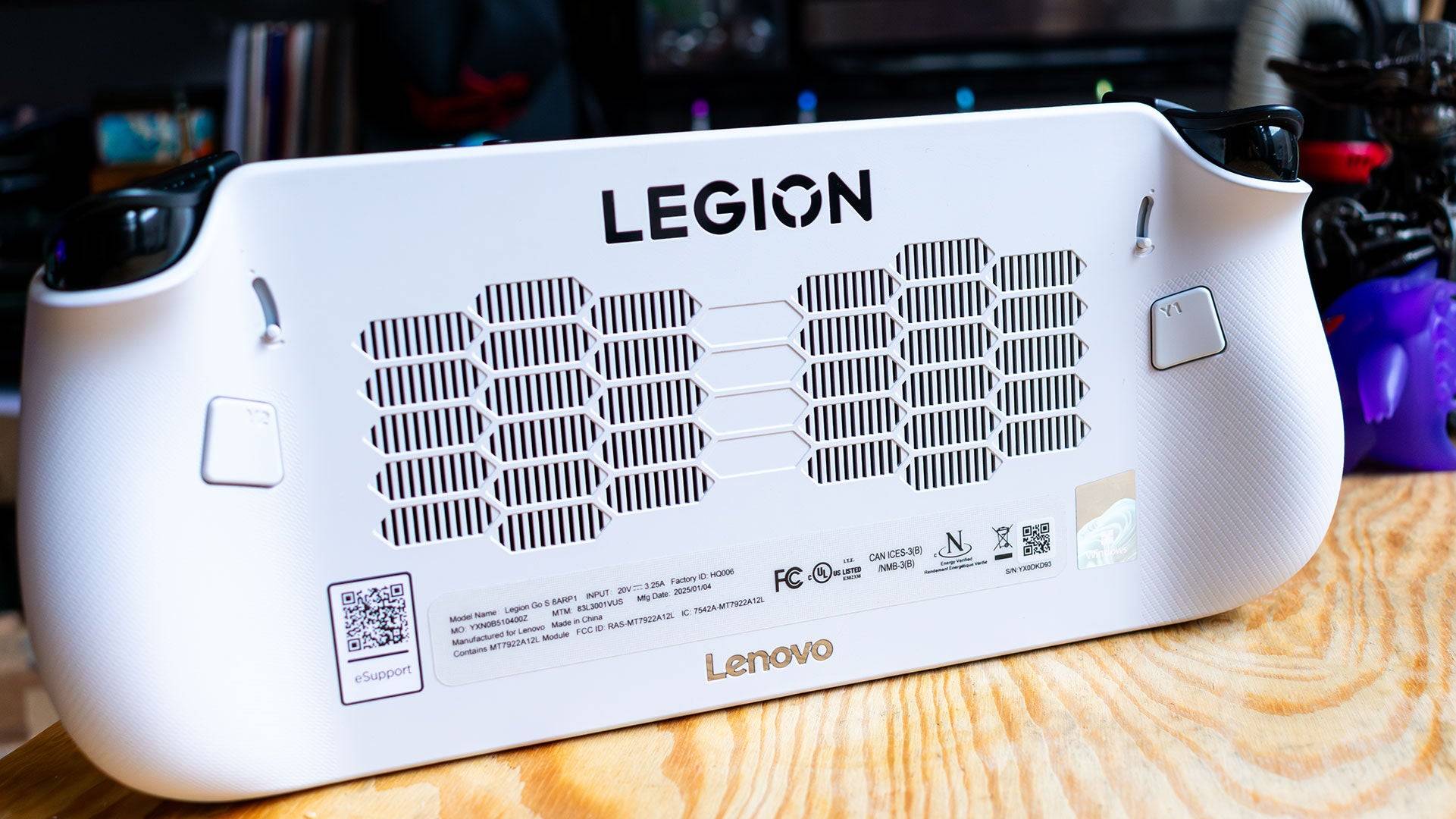 Available in Glacier White and Nebula Nocturne (the latter exclusive to the upcoming SteamOS version), the Legion Go S features RGB lighting around each joystick, which can be easily customized. The button layout is more intuitive than the original, with 'Start' and 'Select' buttons placed standardly on either side of the display. However, Lenovo's proprietary menu buttons, positioned above them, might take some getting used to. These buttons offer quick access to system settings and shortcuts, enhancing user experience.
Available in Glacier White and Nebula Nocturne (the latter exclusive to the upcoming SteamOS version), the Legion Go S features RGB lighting around each joystick, which can be easily customized. The button layout is more intuitive than the original, with 'Start' and 'Select' buttons placed standardly on either side of the display. However, Lenovo's proprietary menu buttons, positioned above them, might take some getting used to. These buttons offer quick access to system settings and shortcuts, enhancing user experience.
The touchpad, while smaller than the original Legion Go's, aids in navigating Windows, though it's less effective than its predecessor. The LegionSpace software, accessible via a dedicated button, manages system updates and your gaming library across various platforms. The back of the device includes programmable 'paddle' buttons and trigger travel distance levers, though the latter only offers two settings.
The top of the Legion Go S houses two USB 4 ports for charging and peripherals, while the bottom features a centrally located MicroSD card slot, which might be inconvenient when docked.
Purchasing Guide
The reviewed Lenovo Legion Go S, equipped with a Z2 Go APU, 32GB of LPDDR5 RAM, and a 1TB SSD, is available starting February 14 for $729.99. A more budget-friendly option with 16GB of RAM and a 512GB SSD will be released in May for $599.99.
Lenovo Legion Go S – Performance
The Lenovo Legion Go S is powered by the new AMD Z2 Go APU, which, despite its innovative technology, doesn't match the performance of its competitors. With a Zen 3 processor and RDNA 2 GPU, it falls behind the original Legion Go and the Asus ROG Ally X in benchmark tests. Its battery life, at 4 hours and 29 minutes, is also slightly less than the original Legion Go, despite a larger battery.
 In gaming, the Legion Go S performs adequately, with slight improvements in some titles like Hitman: World of Assassination, but struggles with more demanding games like Horizon Forbidden West. For optimal performance, users should consider lowering resolution and settings to achieve a smooth gaming experience.
In gaming, the Legion Go S performs adequately, with slight improvements in some titles like Hitman: World of Assassination, but struggles with more demanding games like Horizon Forbidden West. For optimal performance, users should consider lowering resolution and settings to achieve a smooth gaming experience.
Wait, It’s More Expensive?
Despite its less powerful APU and smaller display, the Legion Go S is priced at $729, higher than the original Legion Go's $699 starting price. This pricing is justified by the higher memory and storage configurations, though the slower memory speed might not fully leverage the extra RAM. Users can manually adjust the frame buffer in the BIOS to enhance performance, but this process is not user-friendly.
The current configuration of the Lenovo Legion Go S may not justify its premium price, but the upcoming $599 model with 16GB of RAM offers a more compelling value proposition in the handheld gaming PC market.






